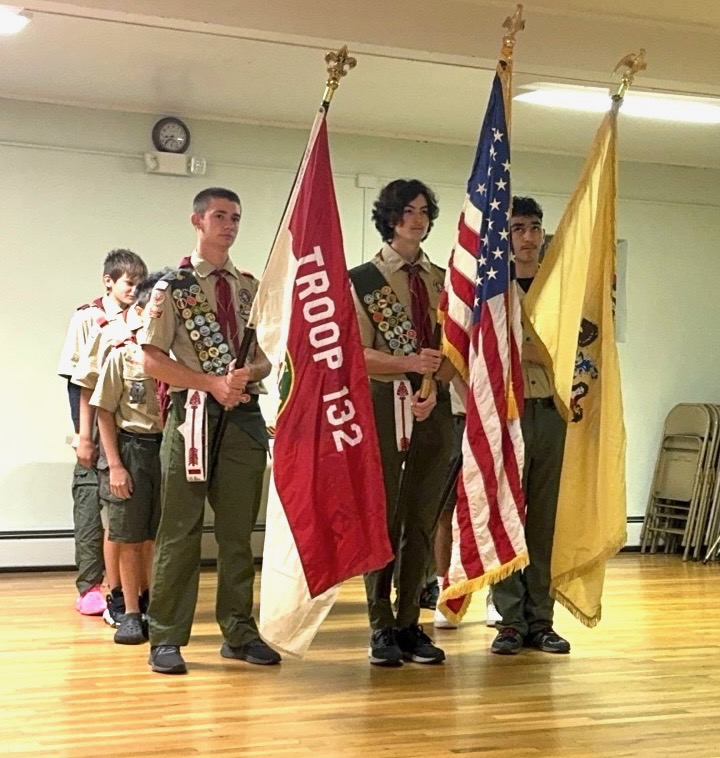NASA has created a simulation that shows what it would be like for someone to fall past the swirling acceleration disk formed by light and gasses orbiting a black hole into the event horizon, as reported by an article from Live Science.
According to NASA, a black hole isn’t actually a hole, but rather a lot of matter packed into an extremely small area. A black hole is so dense that the gravitational forces just under what is called the event horizon is so powerful that not even light can escape its grasp. As explained by BBC News, most black holes form from supernovas or extremely bright and large stars explode at the end of their lifespan. The center of a supernova then forms a black hole.
The simulation, depicting what it would be like to enter the black hole at the center of the Milky Way—Sagittarius A* (Sgr A*)—is sped up to show what would happen to a person at a quicker pace. This is because when being this near to a black hole time would distort and flow more slowly because of its sheer gravitational force. For example, “a person orbiting a black hole for six hours in a spacecraft would age 36 minutes slower than her crewmates on the mothership.”
One of the most interesting—and strange—aspects about black holes is the process called spaghettification. Objects approaching stellar-mass black holes (smaller black holes, not like the one in the simulation) are usually torn apart before they even make it to the event horizon. Since the gravity is so strong, it would compress and stretch a body, essentially turning a person into a human spaghetti—hence the name.
The simulation, however, does not include this process so early because Sagittarius A* is a supermassive black hole. “You’re still going to get spaghettified if you fall into one, but you might make it past the event horizon first,” said astrophysicist Jeremy Schnittman as reported by Live Science.
It took five days for NASA to make and render the simulation on a supercomputer, called Discover. However, if this process were to not have been on an everyday laptop, the simulation would have taken 10 years to complete.









